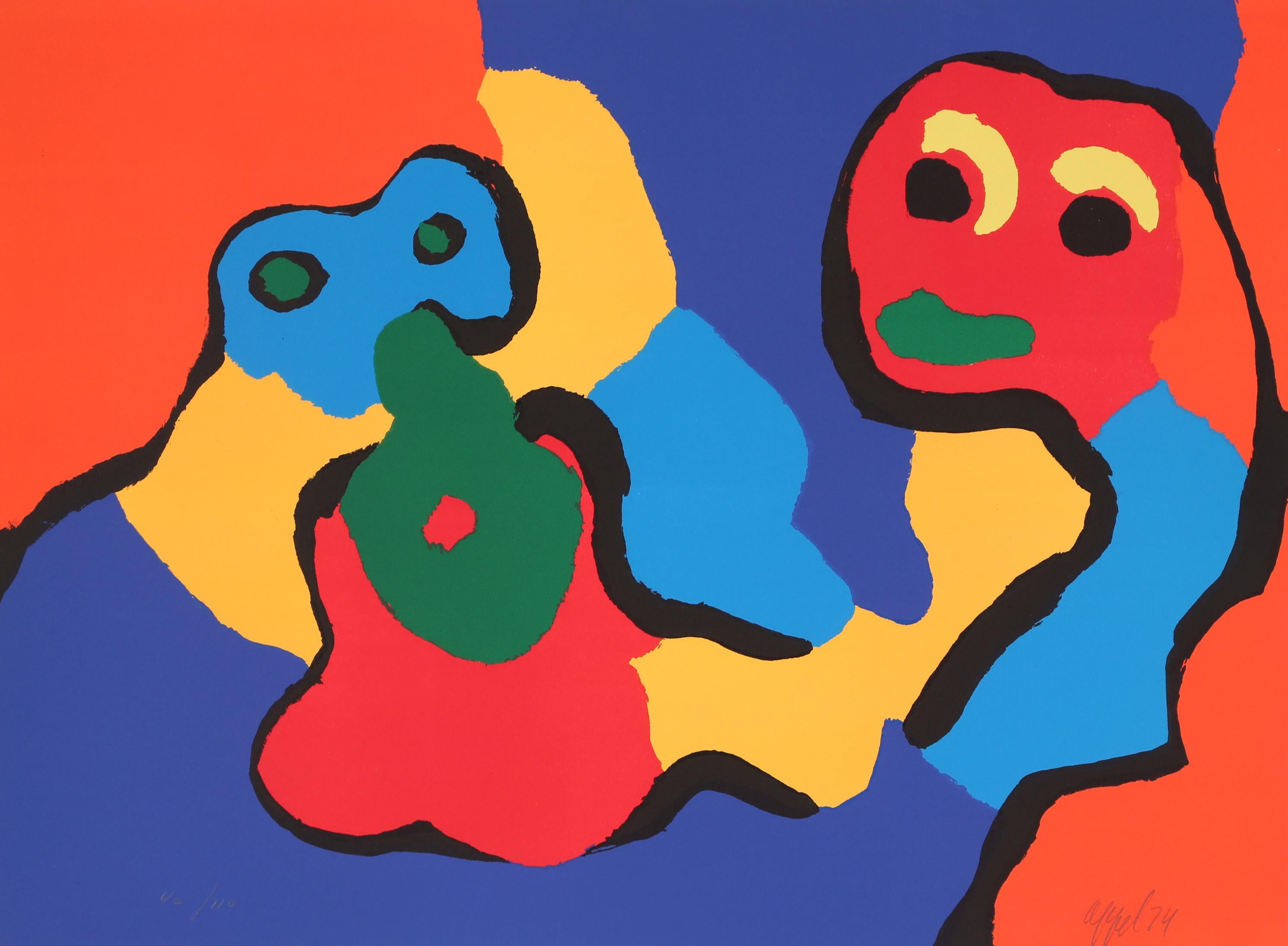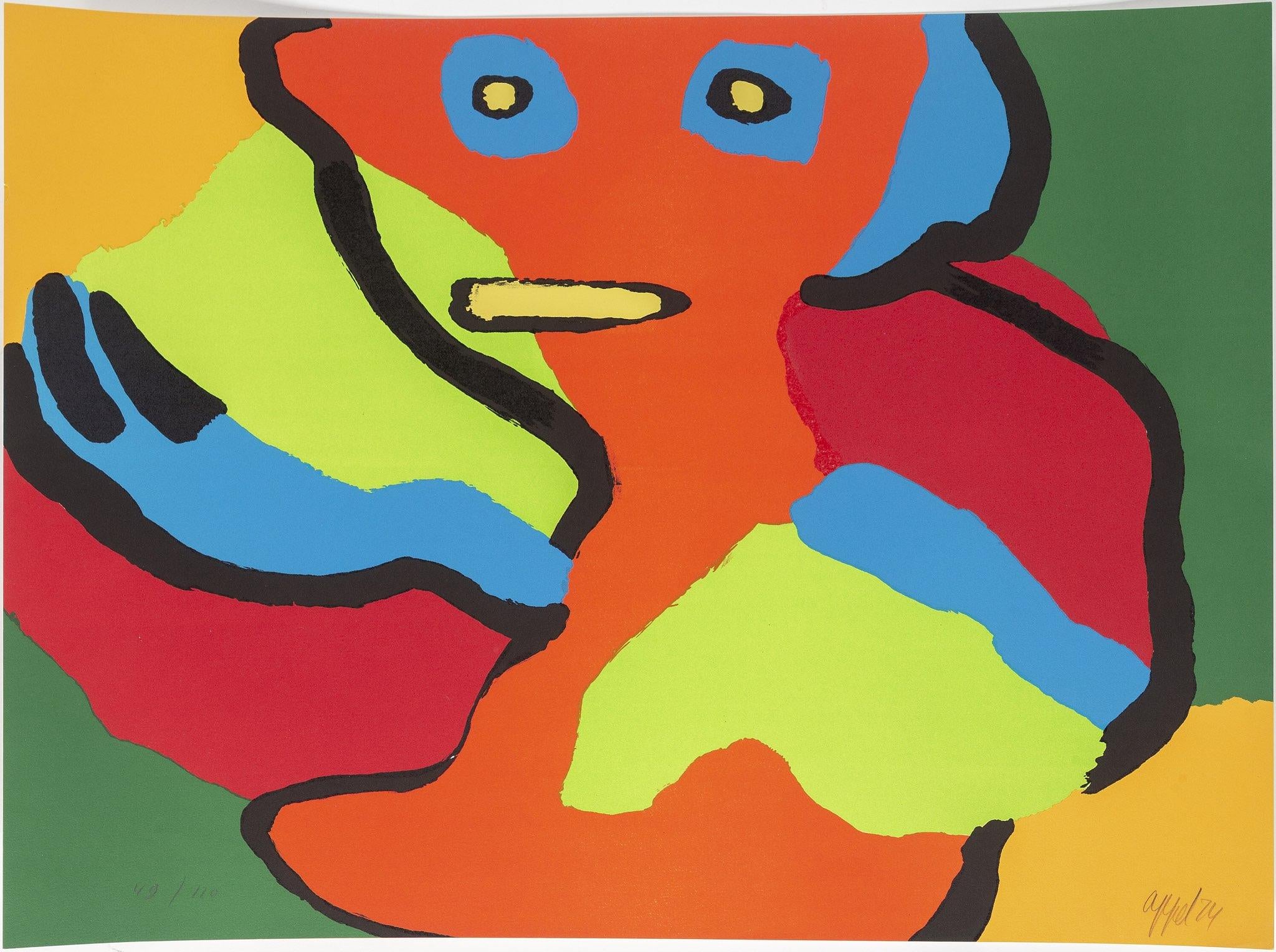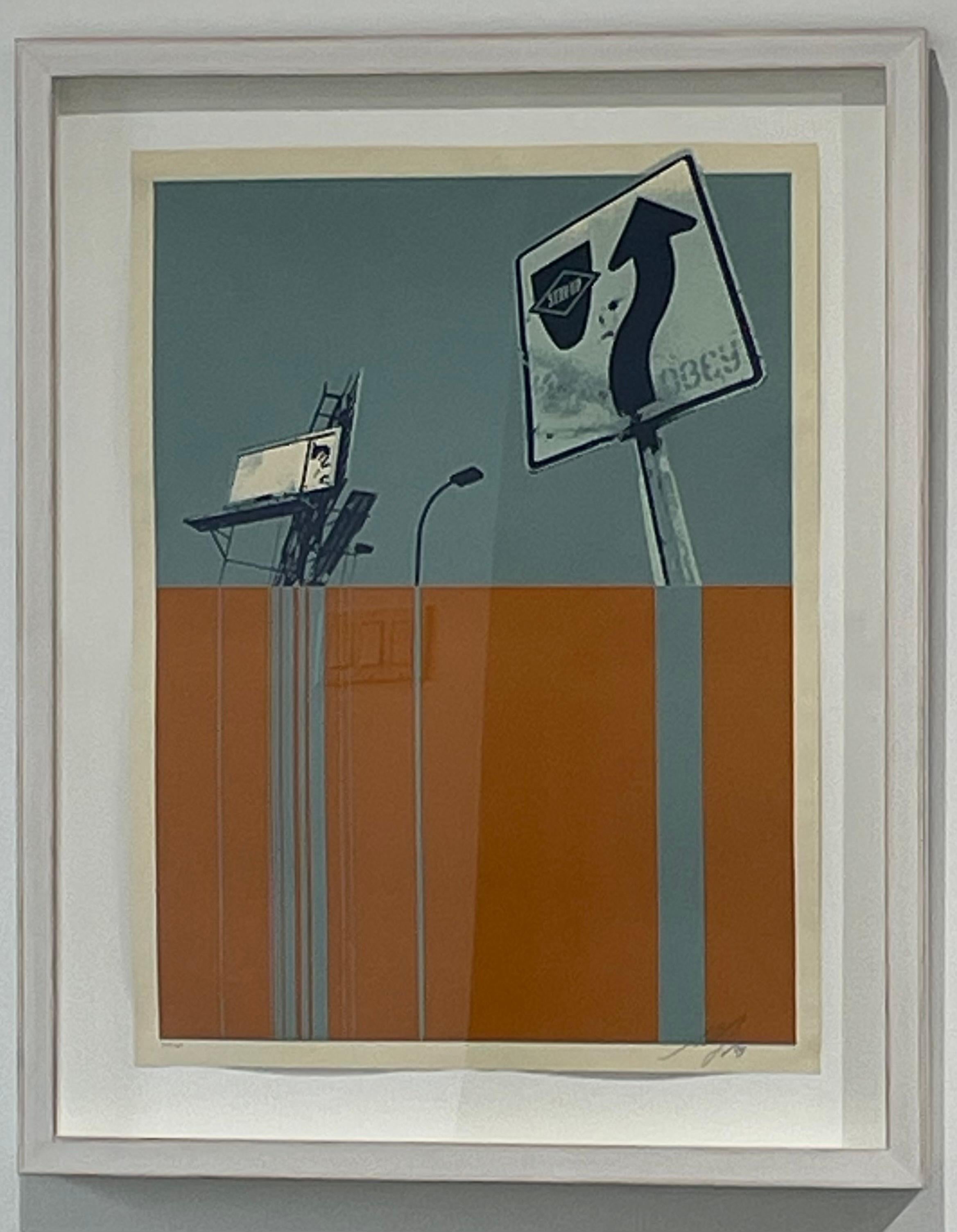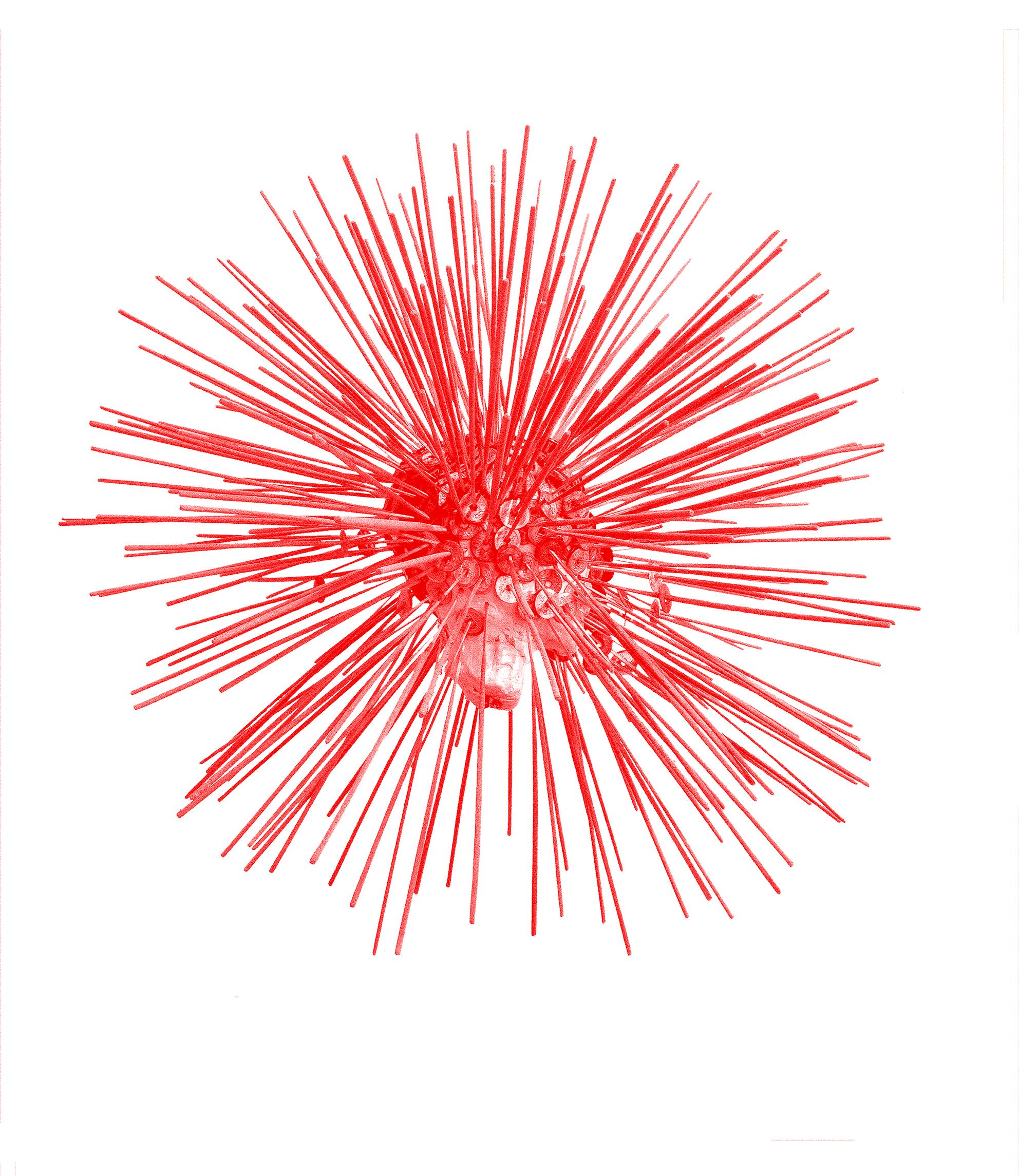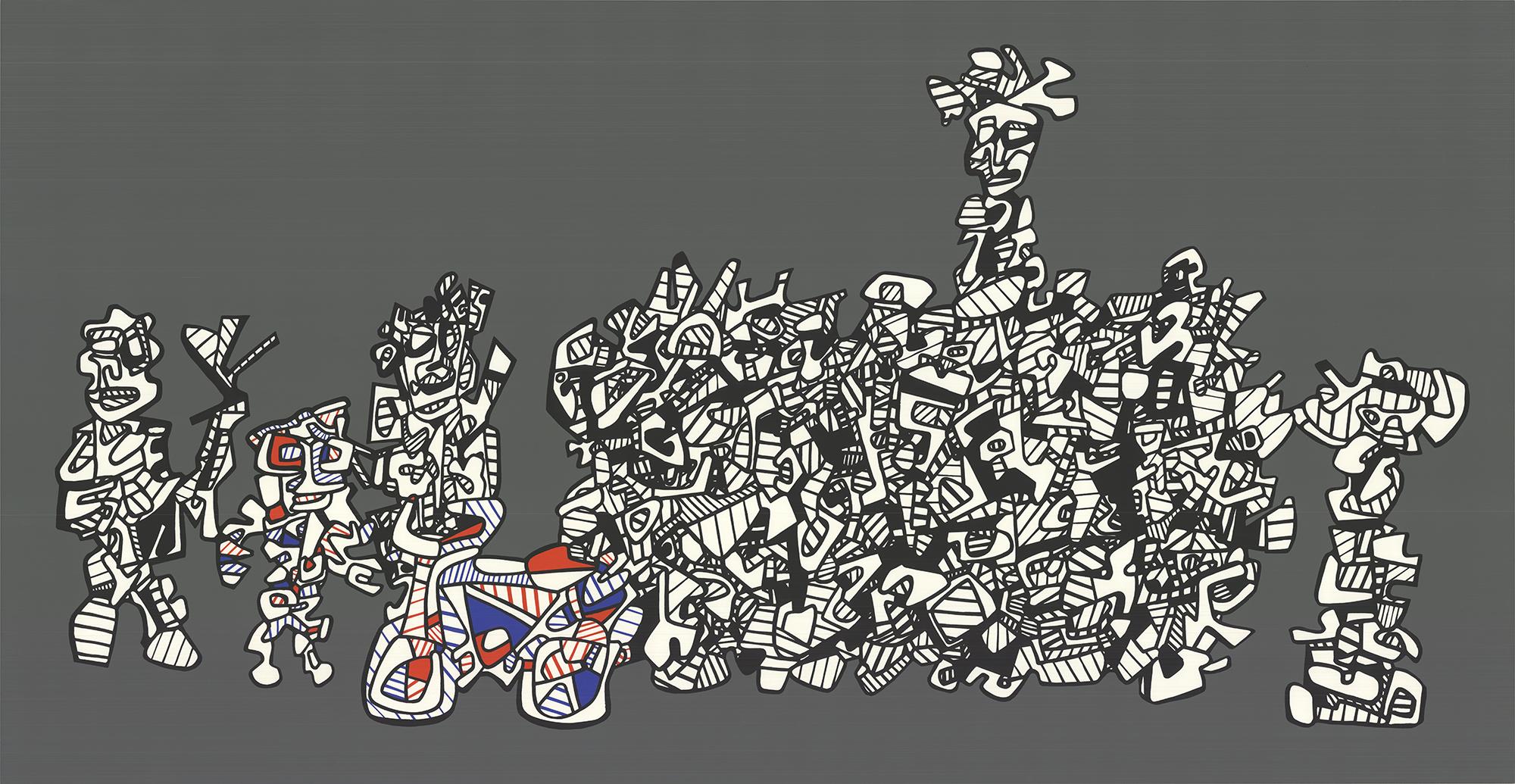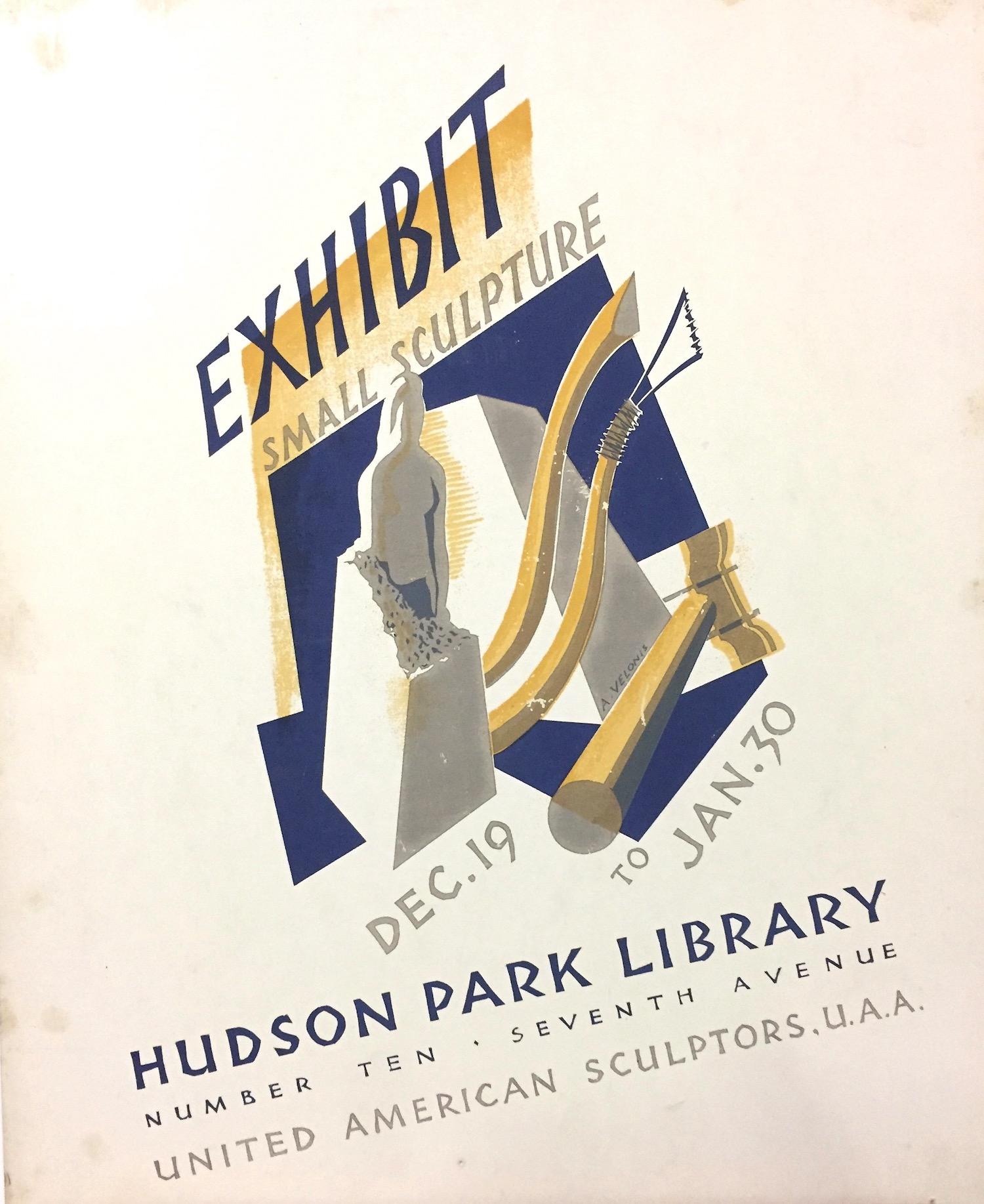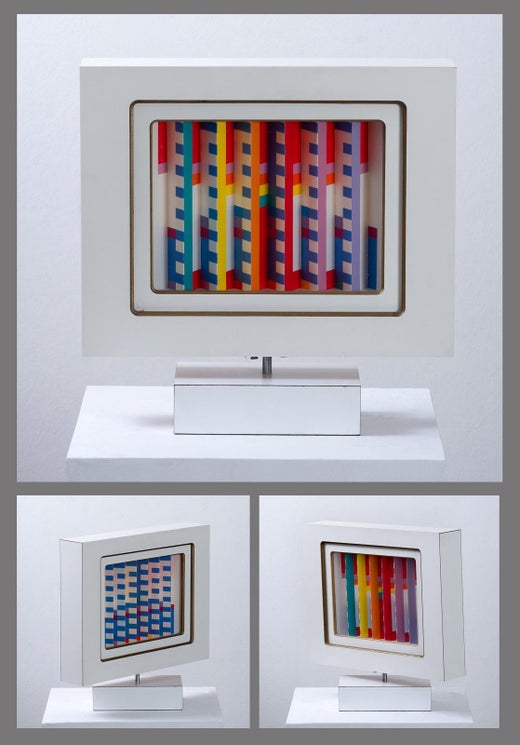Yaacov AgamAbstract Composition
About the Item
- Creator:Yaacov Agam (1928, Israeli)
- Dimensions:Height: 22.5 in (57.15 cm)Width: 24.5 in (62.23 cm)Depth: 1 in (2.54 cm)
- Medium:
- Movement & Style:
- Period:
- Condition:
- Gallery Location:Missouri, MO
- Reference Number:1stDibs: LU74735010761
Yaacov Agam
Influenced by his upbringing in Judaism as well as the teachings of the Bauhaus, Yaacov Agam is a pioneer of kinetic art as well as the Op art movement and is often credited with introducing geometric abstraction to his home country of Israel.
Born in Rishon LeZion, Palestine — now part of Israel — the son of a rabbi, Agam found that the spiritual world had a major influence on his art practice, as did the sand dunes he grew up watching as they constantly shifted with the wind. This perpetual movement would inform his work, whereby riveting, prismatic compositions that transform from different perspectives, patterns that generate optical effects and sculptures that move with a passing breeze all reflect the gradual changes in nature.
Agam studied with Israeli painter Mordecai Ardon at the Bezalel School of Art in Jerusalem in the 1940s before traveling to Zurich where he trained with Swiss Expressionist painter Johannes Itten and was inspired by the abstract work of Russian painter Wassily Kandinsky.
One of the innovative techniques Agam developed was the Agamograph, which uses lenticular printing so that multiple images, which are revealed as the viewer moves around the piece, can be seen on a single work. His art has regularly involved the spectator as a participant, whether it’s the 1972–74 room-size kinetic installation he created for the Elysée Palace that’s now in the Centre Pompidou in which a gleaming abstract sculpture is surrounded on all sides by polychromatic lines or it’s public art like the 1986 Fire and Water Fountain in Tel Aviv with circles of vibrant panels that offer varying colors from every angle.
In 2018, the Yaacov Agam Museum of Art opened in Rishon LeZion, showcasing six decades of Agam’s influential work that engages with perception through color, shape and form, from paintings, prints and installations to new experiments in interactive digital art.
Find a collection of Yaacov Agam art today on 1stDibs.
- ShippingRetrieving quote...Ships From: Missouri, MO
- Return PolicyA return for this item may be initiated within 2 days of delivery.
- PassageBy Yaacov AgamLocated in Missouri, MOYaacov Agam "Passage" Agamograph Ed. 19/99 Signed and Numbered Site Size: approx 12 x 16 inches Framed: approx. 24.5 x 28.5 inches An agamograph is a series of images that change a...Category
Late 20th Century Modern Abstract Prints
MaterialsScreen
- Abstract Composition - PyramidBy Yaacov AgamLocated in Missouri, MOYaacov Agam "Abstract Composition" Agamograph Ed. 87/99 Signed and Numbered Site Size: approx 16 x 13 inches Framed: approx. 24.5 x 22.5 inches An agamograph is a series of images ...Category
Late 20th Century Modern Abstract Prints
MaterialsScreen
- Study/Falling Man (Series I)By Ernest Tino TrovaLocated in Missouri, MOStudy/Falling Man (Series I), 1967 By. Ernest Tino Trova (American, 1927-2009) 24 x 24 inches Wrapped on Foam Core Signed Artist Proof Lower Right Ernest Tino Trova (American, 1927-...Category
1960s American Modern Abstract Prints
MaterialsScreen
- Trova/Index, WavesBy Ernest Tino TrovaLocated in Missouri, MOTrova/Index, Waves, 1969 By. Ernest Tino Trova (American, 1927-2009) Signed in Pencil Lower Right Unframed: 10.5 x 7.5 inches With Frame: 15.25 x 11.75 inches Known for his Falling ...Category
20th Century American Modern Abstract Prints
MaterialsScreen
- Study/Falling Man (Series I)By Ernest Tino TrovaLocated in Missouri, MOStudy/Falling Man (Series I), 1967 By. Ernest Tino Trova (American, 1927-2009) Signed Lower Right in Pencil Screenprint, Available in Black or Silver Frame Unframed: 6 x 6 inches Wit...Category
20th Century American Modern Abstract Prints
MaterialsScreen
- Study/Falling Man (Series I)By Ernest Tino TrovaLocated in Missouri, MOStudy/Falling Man (Series I) By. Ernest Tino Trova (American, 1927-2009) 24 x 24 inches Wrapped to Foam Core Signed Artist Proof Lower Right Ernest Tino Trova (American, 1927-2009) ...Category
1960s American Modern Abstract Prints
MaterialsScreen
- Some People TogetherBy Karel AppelLocated in New York, NYSome People Together, 1974 Hand-signed and dated in pencil Color lithograph and screenprint Sheet 22 x 29 3/4 inches; 559 x 756 mm. Edition 110Category
1970s Modern Abstract Prints
MaterialsLithograph, Screen
- Some People TogetherBy Karel AppelLocated in New York, NYSome People Together, 1974 Hand-signed and dated in pencil Color lithograph and screenprint Sheet 22 x 29 3/4 inches; 559 x 756 mm. Edition 110Category
1970s Modern Abstract Prints
MaterialsLithograph, Screen
- Minneapolis Stay Up (Blue)By Shepard FaireyLocated in Toronto, CAThis stunning piece features everything Shepard Fairy is known for with hidden elements of his "Obey" band and the infamous "Andrea the Giant" image this piece is a great starter pie...Category
Early 2000s Modern Abstract Prints
MaterialsScreen
- "Sacrifice Economy" Silkscreen 39" x 27.5" inch by Patricio GonzalezBy Patricio GonzalezLocated in Culver City, CA"Sacrifice Economy" Silkscreen 39" x 27.5" inch by Patricio Gonzalez Silkscreen Not framed From "Looking for Happiness" series LOOKING FOR HAPPI...Category
21st Century and Contemporary Modern Abstract Prints
MaterialsScreen
- 1974 Jean Dubuffet 'Le Libre Echange' SerigraphBy Jean DubuffetLocated in Brooklyn, NYFirst edition exhibition serigraph by Dubuffet.Category
1970s Modern Abstract Prints
MaterialsScreen
- Anthony Velonis, Exhibit, Small SculptureBy Anthony VelonisLocated in New York, NYAnthony Velonis (1911-1997) was an extremely innovative artist. He learned the technique of screen printing, also known as silkscreen, (for which he also coined the term serigraphy) while working with a wall paper manufacturer. Unusual for fine prints, the image is made by the artist in the same direction as it will print, as the colored inks are forced through fabric (silk) directly onto a paper surface. (He also invented a machine that could print onto column-shaped items such as cocktail glasses or make-up bottles and a rack system for drying sheets of paper with wet ink in which the sheets are just inches apart.) The technique allows extreme versatility on the part of the artist and the ink tends to sit on top of the paper rather than soak into the fibers. In 1934 Velonis used this new technique on Mayor LaGuardia's NYC Poster...Category
Mid-20th Century American Modern Abstract Prints
MaterialsScreen
